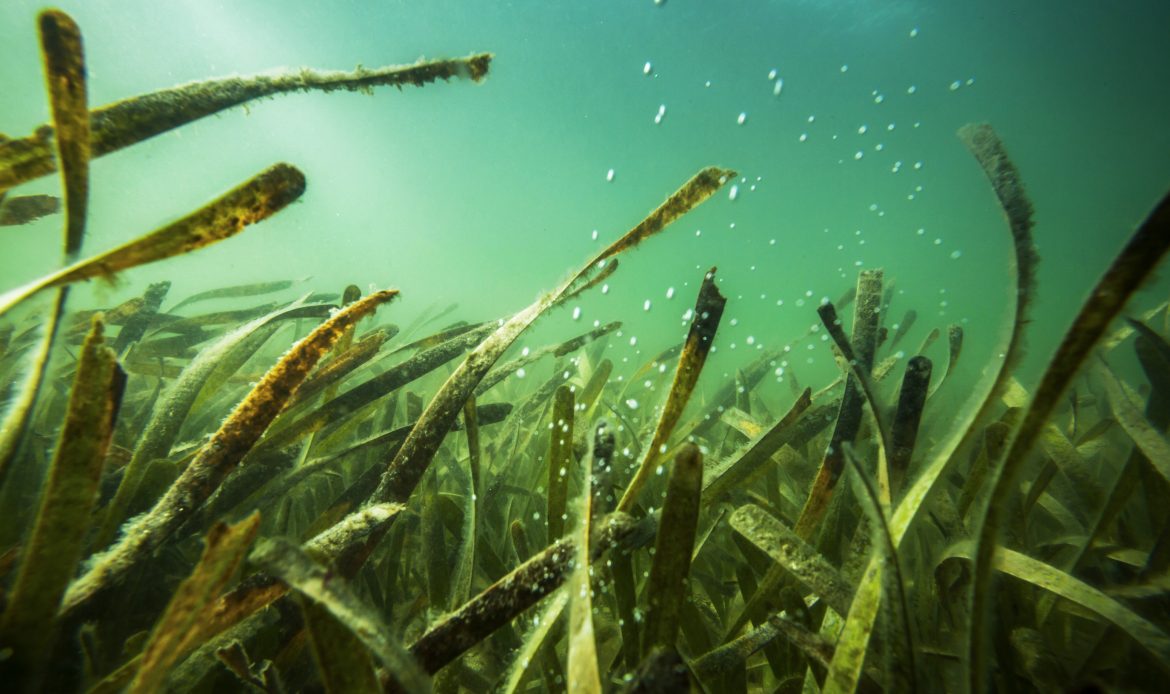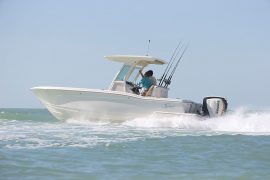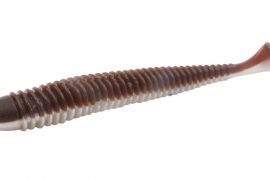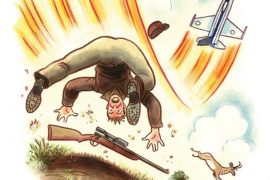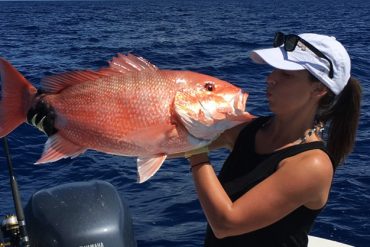Florida’s seagrasses suffer losses, though Tampa sees regrowth.
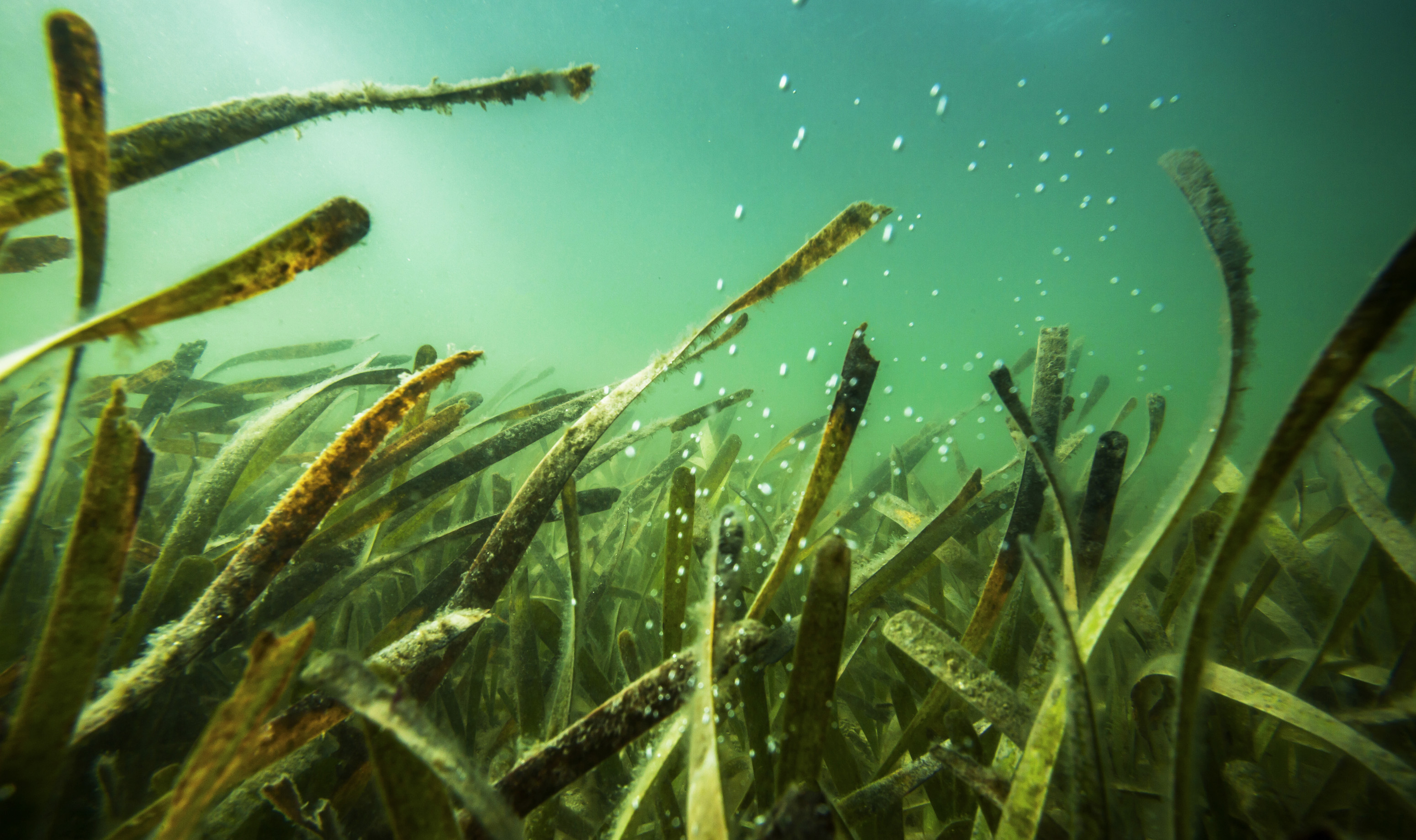
Turtle grass is one of the most abundant and valuable seagrass species in Florida. Photo by Jimmy White.
Florida’s seagrass woes can be illustrated by understanding another familiar, American ecological disaster: the Dust Bowl. Demand for grains boomed in America after WWI and Midwest farmers plowed under native grasses to meet that demand. When the Depression hit, demand fell, and they abandoned those lands. Prolonged drought followed and when the winds hit those soils without the native grasses, the soils literally blew away. The resulting calamity caused mass migrations and economic devastation.
Florida’s agricultural and waterway architects have constructed a similar scenario for our state. Instead of land, we have sea. Instead of wind, we get water. Instead of dust, we get algae. It’s happened on various scales for the last 50 years in the state with the replumbing of the waterways and Lake Okeechobee, and now it’s threatening the health not only of estuaries to the west and east of the lake, again, but also Florida Bay.
In a recent report on changes in the state’s seagrass coverage from scientists guided by the Fish and Wildlife Research Institute (FWRI), The Seagrass Integrated Mapping and Monitoring Program details mixed results. Tampa Bay’s success in recovering seagrass acreage is a bright spot, a model to follow. Other regions, including Florida Bay, the southwest coast, the Treasure Coast, Choctawhatchee Bay, the Upper Indian River Lagoon and Mosquito Lagoon have not fared well. While seagrass remains stable in central and southern Biscayne Bay, northern Biscayne Bay has recently suffered a severe loss of seagrass coverage in Tuttle basin of grave concern. The report estimates that Florida’s approximately 2.2 million acres of seagrasses “provide ecological services worth more than $20 billion a year,” such as fishing, ecotours and other water recreation.

Specific causes of the die-offs vary from region to region. Localized factors may include prop-scarring from boats or disturbances from tropical weather systems that churn waters and smother seagrass with sand or suspended particulates. The big killer of seagrasses is over-nutrification of waters from a variety of sources including runoff, septic tank leakage and phosphorus and nitrogen from land sources. Over-nutrification leads to abundant algae growth, and sustained algae growth can block sunlight necessary for seagrass survival.
“In 2013, we lost about 75 percent of the seagrass with the discharges in Lower Indian River by the St. Lucie Inlet,” says Mark Perry, executive director of the Florida Oceanographic Society on Hutchinson Island. “Whenever we get the freshwater discharges, we lose the seagrass. Not only is there a temporal loss, but there is a longer-term decline in the overall coverage. In one area, it’s gone from about 400 acres of coverage in 1970 to about 335 in 2004 to 218 acres in 2016. A lot of the areas that I knew as a kid as lush seagrass are now bare sand bottom.”
Discharges from Lake Okeechobee are also at the heart of Florida Bay’s woes, according to…

